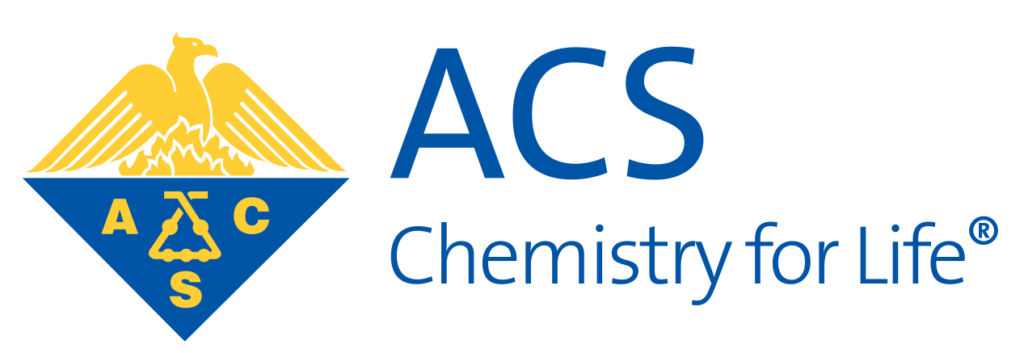Prof. Shu Yang is the Joseph Bordogna Professor of Engineering and Applied Science, Chair of Materials Science and Engineering, and Professor of Chemical and Biomolecular Engineering at the University of Pennsylvania. Prof. Yang received a B.S. in Materials Science from Fudan University and a Ph.D. in Chemistry and Chemical Biology from Cornell University. Prior to joining the faculty at Penn, Prof. Yang was a member of the technical staff at Bell Laboratories. Prof. Yang is a fellow of the American Chemical Society and the Materials Research Society, the National Academy of Inventors, and the Royal Society of Chemistry.
What does winning this award mean to you?
I am very honored to receive this award; the Langmuir Lectureship award is a significant recognition from the surface science community regarding the value of my research in colloids and interfaces. It’s quite an accomplishment!
What are the major challenges facing your field today?
My research has spanned many topics over the years, ranging from adhesion and wetting to colloidal assembly and liquid crystals. Currently I am very interested in multi-material assembly and composites, particular for responsive and sustainable materials. There are a number of challenges when dealing with composites that combine several different kinds of materials, such as mixtures of inorganic nanomaterials with liquid crystals and polymers. Each component brings a certain needed functionality to the composite, but getting them to work together needs careful control of the interface. For instance, you may find undesired phase separation or difficulties in controlling uniformity over large areas, which is especially challenging for scalable manufacturing. Our world is not composed of simple single-phase materials or centimeter-scaled samples, we have to understand how complex materials work, and how to scale up, which can be difficult but very interesting.
What exciting projects are you currently working on?
One exciting direction we are pursuing is actuator design and examining the interface between organic and inorganic materials while integrating new types of liquid crystal phases and structures. Typically, soft materials are not amenable for high speed and high strength actuation, and for soft robotics applications, we need to consider aspects like energy efficiency and the forces that can be generated. As materials scientists, we are trying to devise new chemical and fabrication strategies to create high performance actuators. We are also working in areas of dehumidification, which has implications for sustainability. How can we engineer materials, such as hydrogels, which can both uptake water to a significant extent but also release that water on demand and quickly? A third direction we are exploring is the design of 3D printable, carbon capturing and storing concrete, which is a highly complex material that involves both inorganic and polymeric components. How do you control the structural morphology of the mixture, how can you control the rheology of the concrete ink for sustainable printing, while addressing concrete curing rate and gas absorption without compromising their mechanical properties? It’s very exciting as a materials scientist to study these complex systems and uncover new insights about their surfaces and interfaces.
